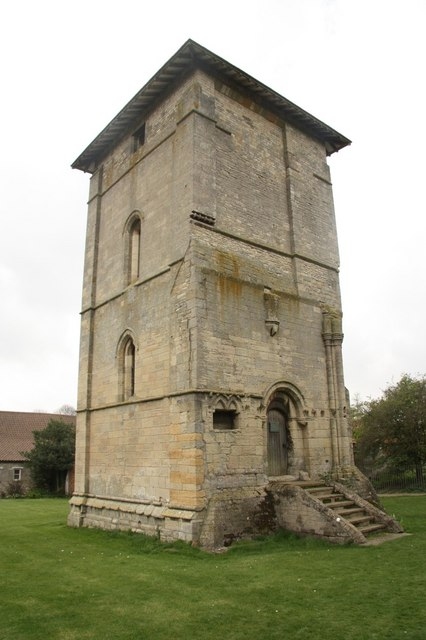The Knights Templar made great contributions in the evolution of military protocol, particularly in the delegation of authority and departmentalization. The Grand Master was the commander-in-chief of this formidable medieval military machine and though he may, at times, seek the advice of his officers, he alone had decision-making powers. He could delegate or withdraw authority at his own discretion. He also had the power to temporarily set aside or alter the Rule at any time if he felt that circumstances deemed it necessary or advantageous.

With their military mission and extensive financial resources, the Knights Templar funded a large number of building projects around Europe and the Holy Land. Many structures remain standing today. Read more at Wikipedia